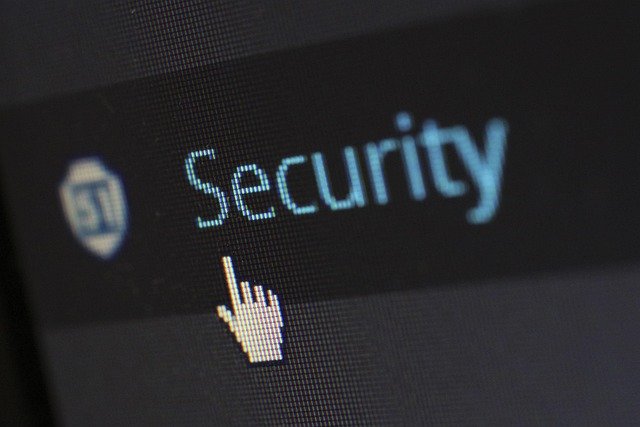Secure network and privacy practices for residential work setups
Working from home brings flexibility but also new responsibilities for protecting your network and personal data. This article outlines practical steps for securing connectivity, preserving privacy, and blending ergonomic and environmental best practices so your remote workspace supports long-term productivity and wellbeing.

Setting up a residential workspace that balances network safety, personal privacy, and physical comfort starts with a clear plan. Begin by assessing your internet connectivity and the devices you use daily, then map the flow of data and the points where privacy could be exposed. Addressing security and privacy early reduces interruptions and supports steady productivity for remote tasks. At the same time, consider ergonomics, lighting, ventilation, and cablemanagement so physical strain and environmental distractions are minimized.
How can I ensure reliable connectivity for remote work?
A stable connection is the backbone of any home office. Choose an internet plan that fits the bandwidth needs of video conferencing and file transfers, and place your router centrally or use wired Ethernet for mission-critical devices. If wireless coverage is inconsistent, consider a mesh Wi-Fi system or a wired backbone to reduce latency. Segmenting networks—dedicating a separate SSID for work devices—can help isolate traffic for security and performance. Regularly test speeds during your typical work hours to confirm service quality and adjust hardware placement, ventilation around equipment, and cablemanagement to avoid overheating and signal interference.
What network security steps protect devices and data?
Begin with a strong router configuration: change default credentials, enable WPA3 or WPA2 encryption, and keep firmware updated. Use a hardware firewall or enable built-in router firewall features to limit unsolicited inbound traffic. On individual devices, install reputable security software, enable automatic updates, and use full-disk encryption where available. For remote access, require multi-factor authentication and prefer VPNs for sensitive connections. Regularly review connected devices and remove any that are unused. Good cablemanagement and ventilation also protect hardware longevity, which indirectly supports consistent security patching and device reliability.
How can I preserve privacy while working from home?
Privacy practices start with minimizing data exposure: lock screens when away, use privacy screens if windows face public sightlines, and configure cloud services with the least-privilege settings for apps and integrations. Be mindful of meeting background visibility—position furniture and lighting to limit revealing personal items during video calls. Separate personal and work accounts on shared devices and consider using dedicated profiles or virtual machines for sensitive tasks. Periodically review app permissions on mobile and desktop platforms, and clear unnecessary data from cloud storage. These steps help maintain privacy without disrupting normal routines or productivity.
How do ergonomics, posture, and furniture affect long-term work?
Invest in a setup that supports neutral posture: a chair with adjustable lumbar support, a desk at the right height, and monitor placement that keeps the top of the screen at eye level. Ergonomics reduce the risk of repetitive strain and fatigue, improving overall productivity. Alternate between sitting and standing if possible, and keep frequently used items within easy reach to avoid repetitive twisting. Choose furniture that fits the space and supports good posture, and schedule routine microbreaks to stretch and reset. Attention to ergonomics complements network and privacy practices by reducing physical interruptions caused by discomfort.
What role do lighting, acoustics, and ventilation play in a secure workspace?
Correct lighting and acoustics improve focus and reduce the need to adjust digital settings in ways that might compromise privacy (for example, turning microphones on by mistake). Aim for diffuse, glare-free lighting that reduces monitor reflections; position lamps to avoid backlighting during video calls. Address acoustics with soft furnishings, rugs, or inexpensive acoustic panels to minimize background noise and improve call clarity. Ensure adequate ventilation to keep hardware cool and protect equipment longevity—overheated devices can fail and interrupt secure connections. These environmental factors support sustained productivity and help maintain secure, uninterrupted workflows.
How can routines, productivity, and cablemanagement enhance security and comfort?
Establish routines that include device checks, software updates, and secure logins at the start of the workday. A consistent schedule helps maintain both productivity and security hygiene—regularly backing up important files and reviewing account activity. Good cablemanagement reduces trip hazards and makes it easier to spot unfamiliar devices or tampered connections. Label power supplies and network cables, separate power from data runs where possible, and keep surge protection in place. Combining routine maintenance with organized physical setup prevents small issues from becoming security or privacy risks.
This article is for informational purposes only and should not be considered medical advice. Please consult a qualified healthcare professional for personalized guidance and treatment.
In summary, a secure residential work setup integrates reliable connectivity, layered security measures, thoughtful privacy practices, and attention to ergonomics and environment. Addressing these elements together—connectivity, security, privacy, lighting, acoustics, furniture, posture, ventilation, routines, and cablemanagement—creates a resilient workspace that supports long-term productivity and protects personal and organizational data without adding undue complexity.





